Yuba, or tofu skin, is the thin layer formed at the top when simmering soy milk. The Japanese eat yuba fresh and dried.
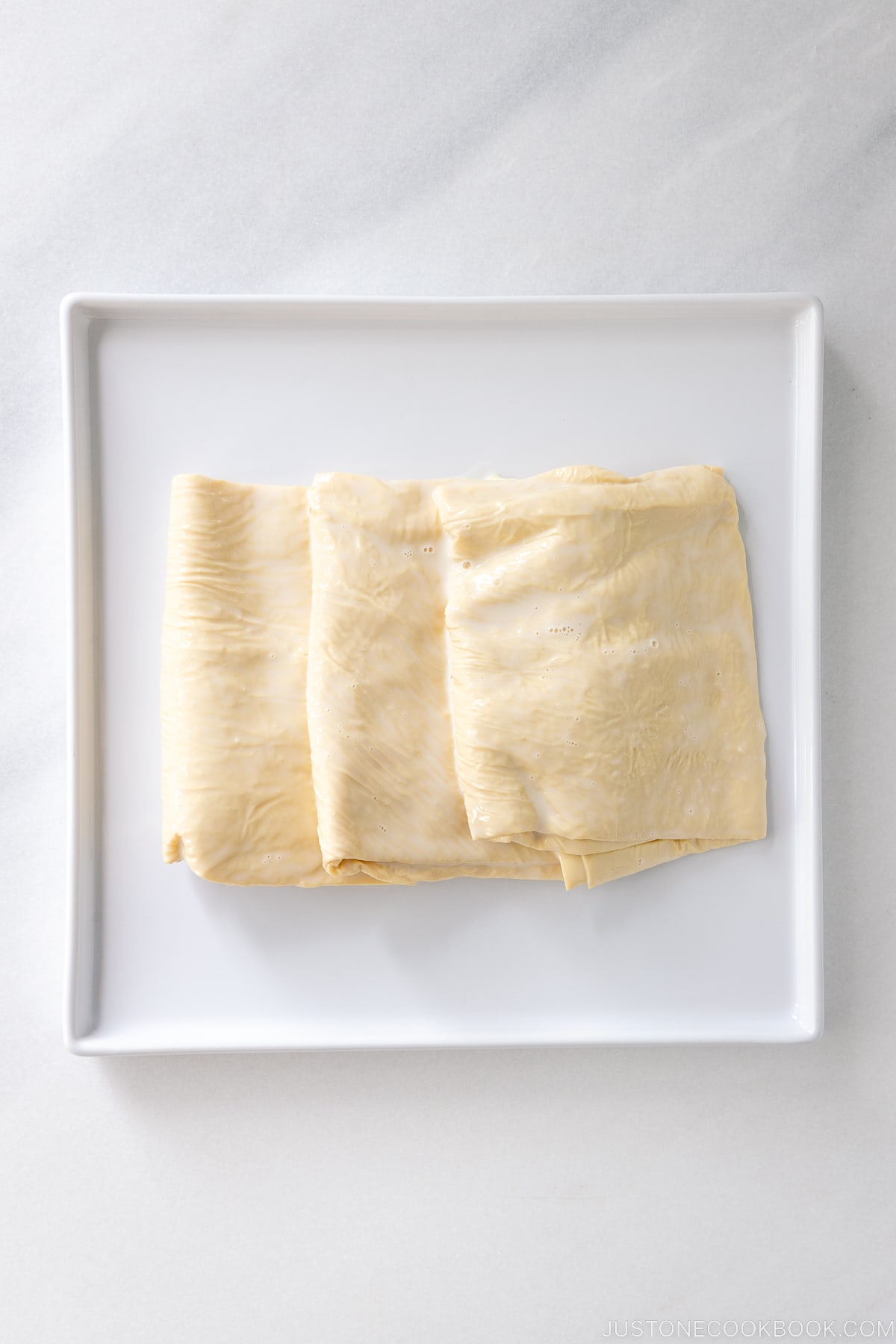
Yuba (湯葉 “hot water leaves”), tofu skin, beancurd skin, or beancurd sheet is a food product made of soy milk. While it’s not a variety of tofu, it’s a film of coagulated proteins that forms on the surface of boiling soy milk. Japanese yuba are thin, delicate, and rich.
Table of contents
What Is Yuba
Yuba is a rich, silky, and meaty soy product eaten in East Asia. The Japanese eat it dipped in soy sauce and wasabi, simmered in dashi, or cooked in hot pots. You will encounter it in Kyoto and Nikko cuisines.
Traditionally, it was part of Shojin Ryori (精進料理), Buddhist cuisine that forbade the use of animal products. It’s said to have been brought back from China about 1,200 years ago by the Buddhist monk Saicho, who also introduced Buddhism and tea to Japan. It’s suitable for vegetarians, vegans, and those following a gluten-free diet.
What Does It Taste Like
It is rich, fatty, and nutty with a cream-like texture and tastes bean-y like soy milk.
Difference Between Yuba and Tofu
Tofu and yuba are soybean products, but they are made differently.
Tofu is a by-product of coagulating soybean protein using a coagulant, such as nigari (にがり). Yuba is made by heat-coagulating without using a coagulant. It’s the wrinkly layer that forms on the surface of soy milk.
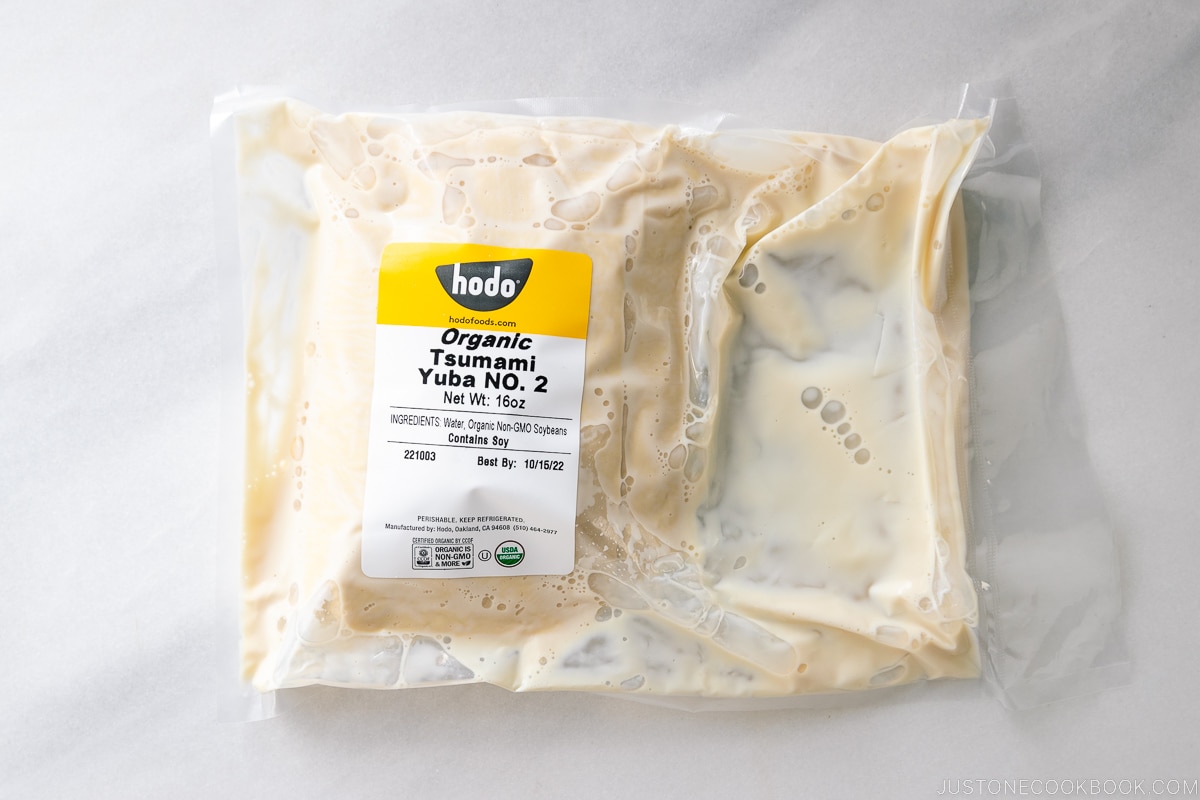
How To Use
Enjoy fresh yuba with a trickle of soy sauce and wasabi, just like sashimi. You can add fresh or dried yuba in clear soups, in Japanese vegetable side dishes like ohitashi and sunomono, or as a topping in udon and soba noodle soups.
In Chinese cuisine, it’s a must-have hot pot ingredient and eaten in dim sum and stir-fries.
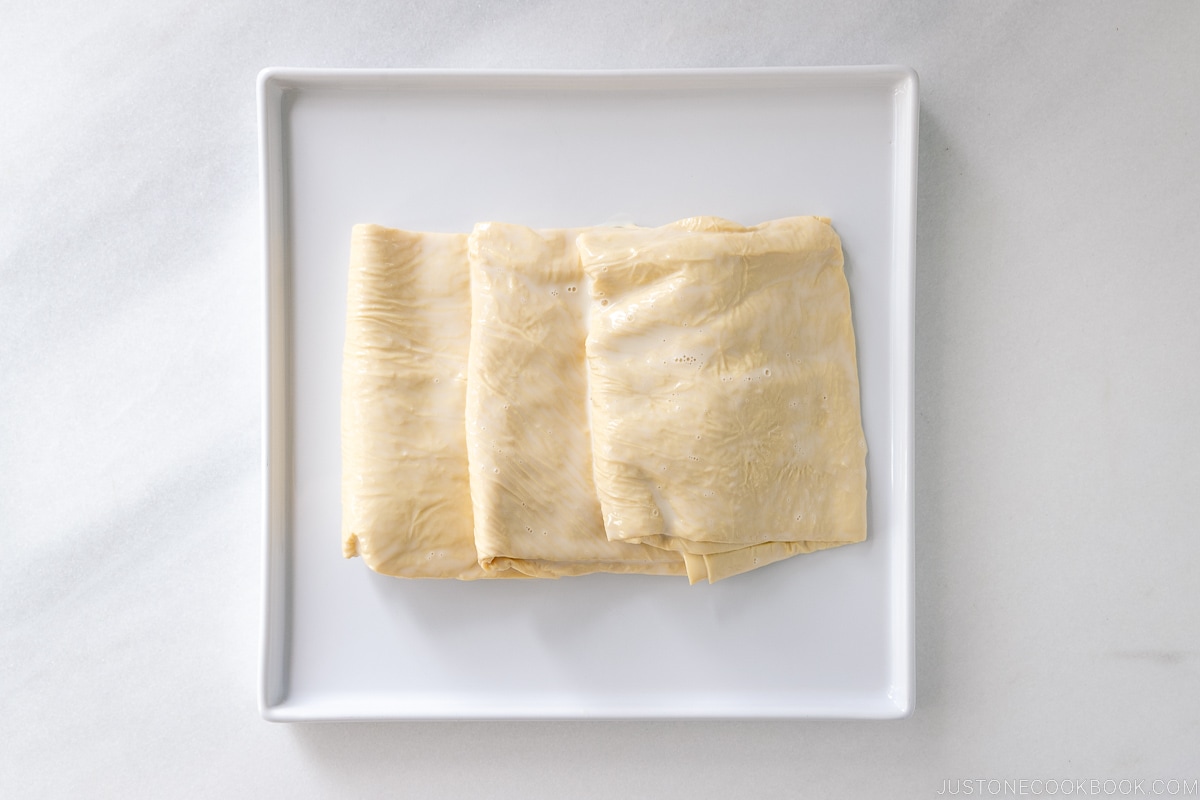
Where To Buy
Find fresh packages at Asian and Japanese grocery stores. Look for Japanese yuba, as Chinese tofu skin tends to be thicker with more texture and is often sold dried. In the U.S., you can buy fresh yuba from Hodo Foods.
Recipes Using Yuba
Wish to learn more about Japanese cooking? Sign up for our free newsletter to receive cooking tips & recipe updates! And stay in touch with me on Facebook, Pinterest, YouTube, and Instagram.
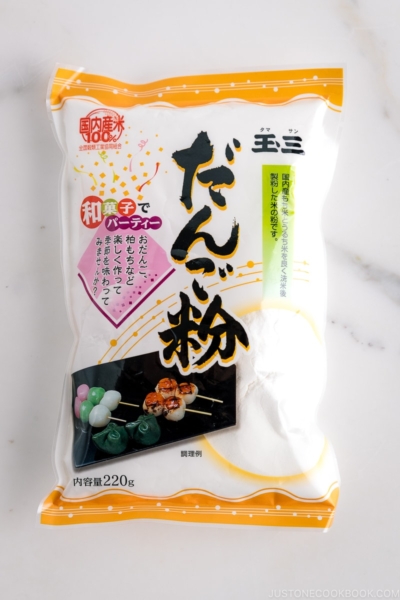
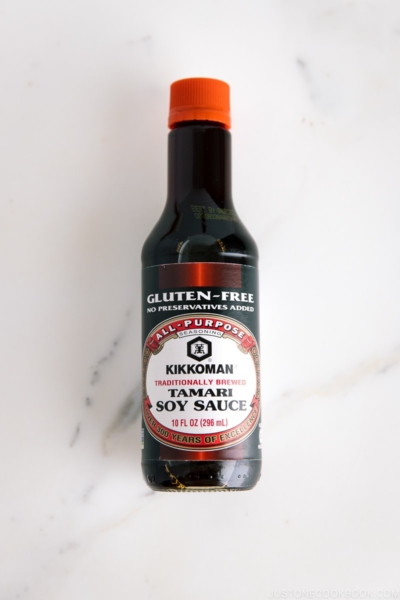
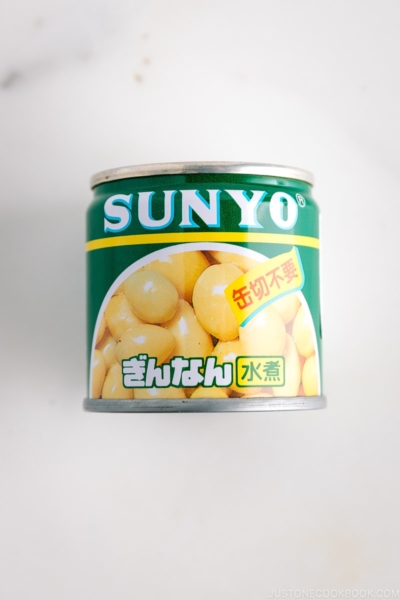
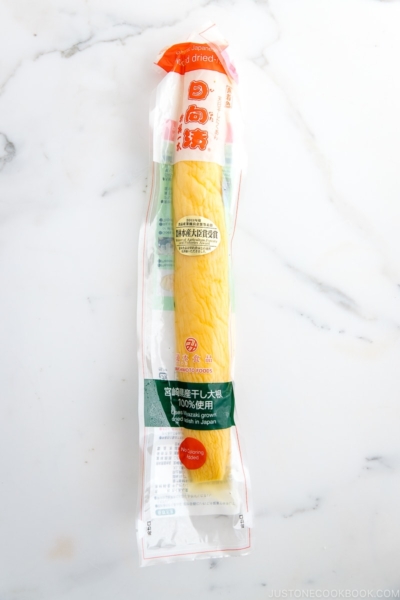




I bought dried yuba in Japan. Just wondering to prepare it can I just rehydrate in cold water then put soy sauce and wasabi on it and eat it like that? Or would I need to cook it? Thank you!
Hello, Sammii. Thank you so much for taking the time to read Nami’s post!
If you’re making a salad or simply eating it with soy sauce, you do not need to cook the dried Yuba. To rehydrate it, submerge it in warm water or water.
You may also add them directly to the soup or pan-fry them after rehydrating. We hope this helps!
Ooh yay yuba! I had yuba for the first and only time at a conveyer sushi restaurant at Osaka station. That was in 2019 and I still can’t forget about it. It was served nigiri style and it was one of my favorites. When I returned to the states I always looked for yuba whenever I went to a sushi restaurant but it was never on the menu. I’m so excited now for the recipe but it’s going to have to wait until I come back from vacation! I hope the local asian stores will have them. Thank you Nami!
Hi Mariko! Thank you so much for reading Nami’s post and trying her recipe!
We hope your local stores carry the Yuba. If not, we recommend checking out the online store listed in this post.😉 The Yuba was very fresh and tasty!
Happy Cooking!
We had a multi course dinner featuring Yuba while visiting Nikko and it was amazingly delicious and beautiful. I would love to learn to make it.
Hi Bristol, Thank you so much for reading Nami’s post and for your request!